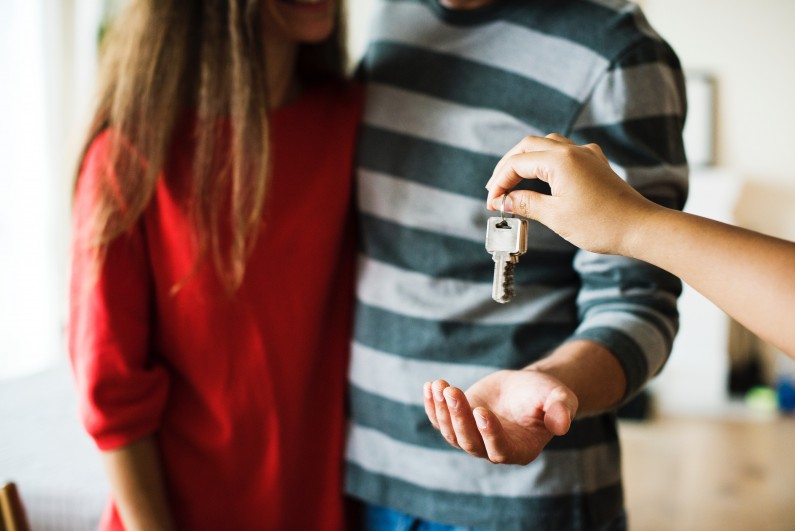Getting a mortgage can often reduce monthly outgoings significantly when compared with paying monthly rent on a similar property. And unlike rent, the money you’re paying is actually helping you to acquire a valuable asset. It’s no wonder that climbing the housing ladder still represents an important goal for many people. Unfortunately, getting there means pulling together a substantial deposit – often 10% of the house’s cost if not more. For many, this simply isn’t a realistic savings goal, and it can take many years of hard work to even come close.
In steps the ‘100% mortgage’. This is where the lender stumps up – you guessed it – one hundred percent of the cost, no deposit required. It’s easy to see the appeal: this removes a major barrier for many first-time buyers. And while they’re often hard to come by, news that Lloyds have recently added a 100% mortgage for first-time buyers – known as ‘Lend a Hand’ – to their collection of products suggests that the market may be opening up.
So, what’s the catch?
Banks rarely offer 100% of a home’s value as a mortgage without asking for a little something in return. In the case of the new Lloyd’s offering, the purchaser needs to have a family member who is willing and able to put 10% of the property’s value into a Lloyd’s savings account. Typically this would be a parent, although it could also be a grandparent or other close relative.
This means that a large number of the people who struggle to break out of the renting cycle – people who don’t necessarily have family with the finances to back them. After all, parents who can afford to give up ten percent of a property’s value to help their children will often do so anyway by fronting the deposit. Still, for those that can afford to set the money aside but may need it come retirement, this is certainly a valid option and it could prove beneficial for some.
While the Lloyds mortgage is the one that’s made the news recently, it’s not the only option out there. Some 100% mortgages allow family members to help by guaranteeing the mortgage against their own property. In either case, there can be risk involved for the family members, as being a guarantor for the loan means that they are putting their property or savings at risk if the buyer finds themselves unable to afford repayment.
100% mortgages can also present a higher risk of negative equity. This happens if the price of the property falls to below what it was worth when you bought it, and means that you end up owing more on the property than you would be able to sell it for.
Due to these risks, taking a mortgage for the full value of a property is not something that should be done lightly. It’s a good idea to get financial advice that considers your personal circumstances before entering into this type of loan. Still, any product that brings more diversity to the market is welcome.

